Chinese music and musical instruments have a classic appeal, and they have been around for decades, but what you may not know is that there are 8 main categories of Chinese instruments. These instruments are classified based on the materials they are used for their construction. Under these classifications, the main categories of Chinese Instruments include bamboo, silk, metal, stone, clay, gourd, hide, and wood.
different types of chinese musical instruments
Chinese musical instruments can be divided into several categories, including:
Stringed Instruments: This category includes instruments that are played with a bow, plucked, or struck. Examples include the erhu, pipa, guzheng, and yangqin.
Wind Instruments: This category includes instruments that are played by blowing air into them. Examples include the dizi (flute), xiao (vertical bamboo flute), and sheng (mouth organ).
Plucked Instruments: This category includes instruments that are played by plucking the strings, such as the ruan (moon-shaped lute), sanxian (three-stringed lute), and liuqin (smaller version of the ruan).
Percussion Instruments: This category includes instruments that are struck, shaken, or scraped. Examples include the gong, cymbals, drums, and woodblocks.
Bowed Instruments: This category includes instruments that are played with a bow, such as the huqin family of instruments (including the erhu), and the matouqin (horsehead fiddle).
Bamboo Instruments: This category includes instruments made from bamboo, such as the dizi (flute), xiao (vertical bamboo flute), and sheng (mouth organ).
Gourd Instruments: This category includes instruments made from gourds, such as the hulusi (a three-pipe wind instrument).
Other Instruments: This category includes instruments that do not fit into the above categories, such as the yunluo (a set of pitched gongs), and the bianzhong (a set of bronze bells).
This means that before the rise of electronic music or even the discovery of electricity, nature has always been the greatest source of music. And despite the differences that exist between ethnic groups, the Chinese people appear to have devised a wide variety of traditional musical instruments.
In this article, we take a look at some of the top 8 Chinese instruments you should be aware of.
Silk Instruments
While silk instruments are among the most common of the stringed instruments on the market today, the instruments used in ancient times were made of nylon and metal. The Chinese then made use of twisted silk for their strings. These silk instruments are categorized into bowed, plucked, and struck.
Some of these instruments include the Pipa, Guzheng, and Sanxian. The others include Se, Guqin, Ruan, and Konghou, also known as harps – but these are all less popular today. If you listen to solo music, however, these instruments were related to traditional musical performances.
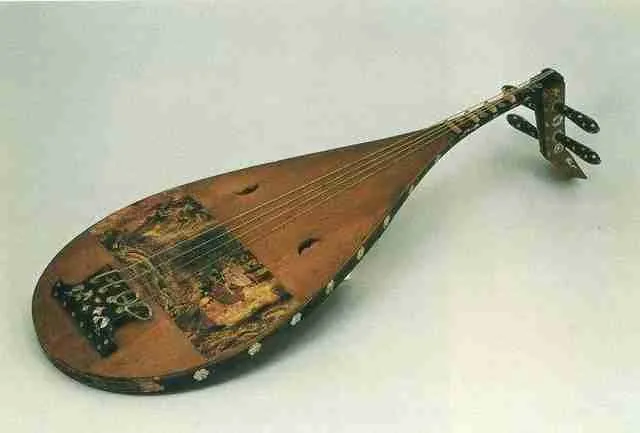
On the other hand, out of the greater Han ethnic group, the ethnic minorities appear to have also owned the stringed music with a more talented player. So, if you look up Uyghur traditional music of the Tempur, Xinjiang, Rawap, and Dutar, their instruments of choice were the silk instrument. It’s also quite easy to spot this instrument as it features a long neck that represents the Uyghur patterns.
The other silk instruments used in China included the fancy-bowed Ghaychak, Ghushtar, or Sataer used by the Xinjiang, and the horsehead fiddle known as the Matouqin that was used by Mongolians and the Zhengni by the Zhuang people.
In terms of bowed instruments, the variety of bowed Chinese instruments includes the Erhu, Banhu, Jinghu, and Zhonghu. These have all been described as the Huqin that fall into the same category of the vertical fiddle.
That said, it’s important to note that in as much as the plucked and the bowed instruments belong to a large family, there are fewer instruments that fall in the struck instruments category. One of these struck instruments is the Yangqin, a hammered dulcimer often used in traditional Chinese music orchestras up to date.
Generally, most of the Stringed Chinese instruments belong to this class of silk materials because back then, the strings weren’t made of metals or guts but of twisted silk.
Bamboo Instruments
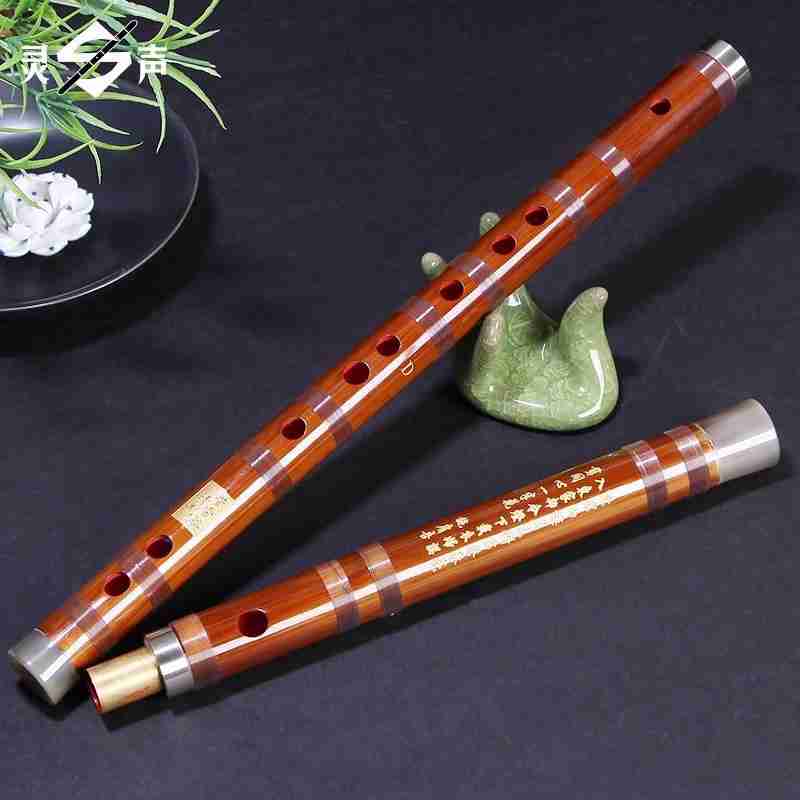
These are instruments made of bamboo, and it often refers to the musical instruments made of woodwind instruments such as the vertical flutes. Some of the musical instruments made of bamboo include Xiao, Dizi, Chi, and Paixiao, and these represent some of the most common Chinese flutes played all around the world.
The other category of bamboo instruments that are made of woodwind pipes include the single reed, free reed, and double-reed pipes – and most of these instruments include Suona, Mabu, or Bawu.
Wood Instruments
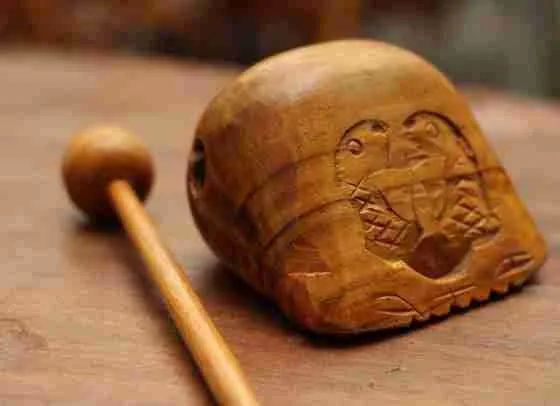
Wood was also the other common material used to make Chinese instruments. It’s one of the most common ancient varieties of wooden instruments. One of the versions of wood instruments include the Muyu, which is a rounded woodblock that is carved out in the shape of fish, then struck with wooden sticks. The Muyu is the most common instrument used in Buddhist chants. Then there is the smaller version of the Muyu known as the Bangzi, which is also another woodblock instrument that produces a higher-pitched sound.
Stone Instruments
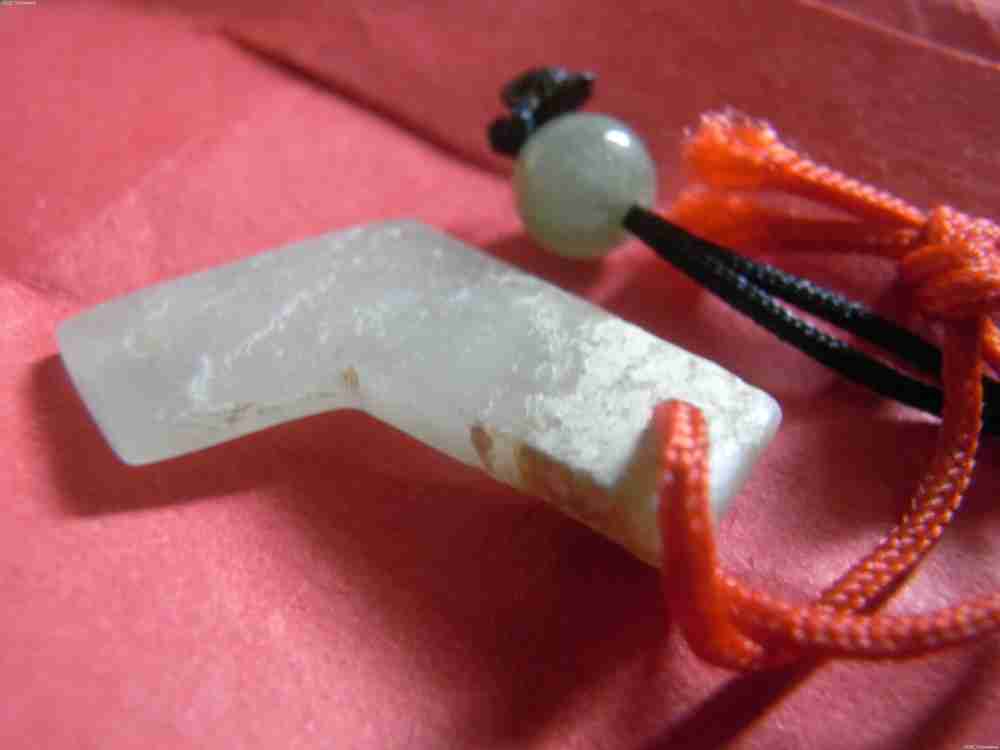
The stone instruments used are used for the production of the most beautiful musical rhymes. The most common of these instruments was made of Yesl Stones. Back in the ancient days, stone instruments were made of a range of stone chimes, such as the Bianqing, Qin, and Tezhong.
Metal Instruments
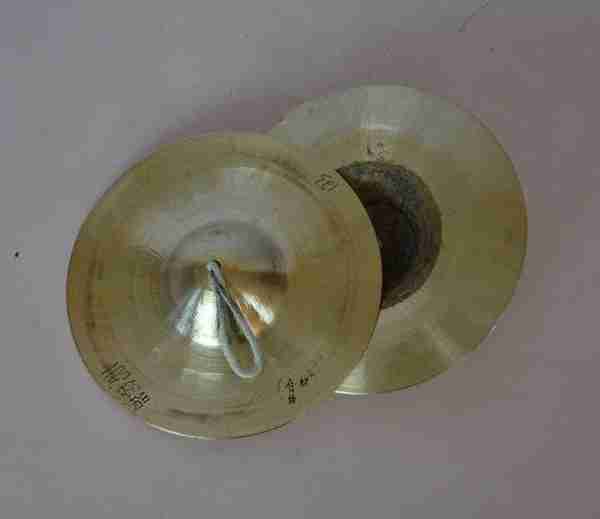
Chinese instruments were also made of metal, and these were often used for percussions. These metallic instruments have been categorized as Bo and Luo (Gong).
Gourd Instruments
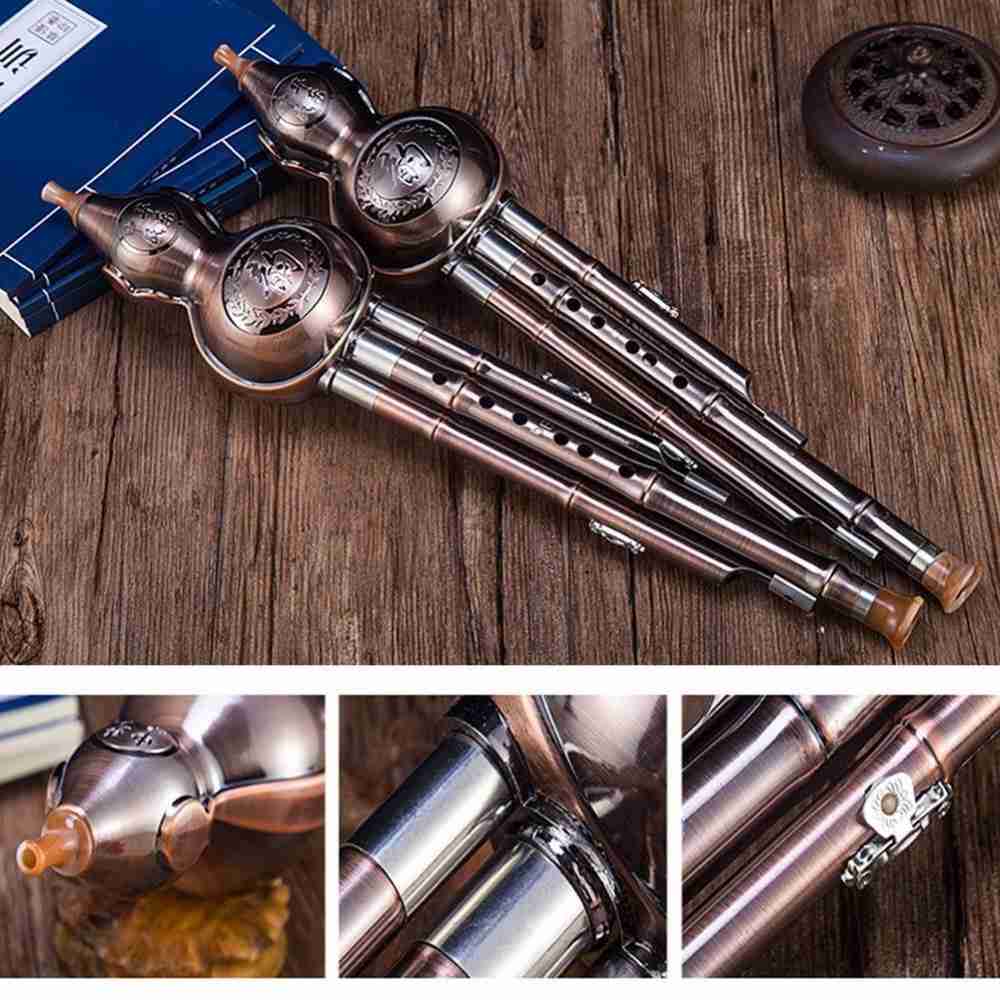
Other musical instruments were also made of gourds, and these would be used in music. Some of the musical instruments made of gourds include Hulusi and Sheng. These instruments are representative of the wind instruments that are made of the guard plant.
Clay instruments
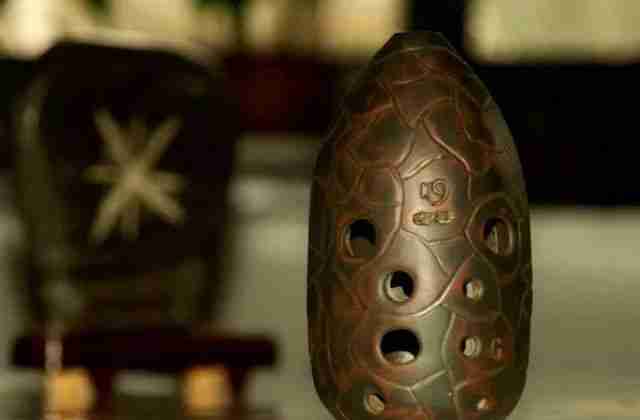
Most of the wind and percussion instruments that date back to the Chinese people are also made of clay. These instruments are made of baked clay, and one of these is the Xun, which is a typical wind ocarina that is made of the best quality baked clay. Besides this wind instrument, there is also percussion, such as the Fou, which is played the same way as the drum.
Skin Instruments
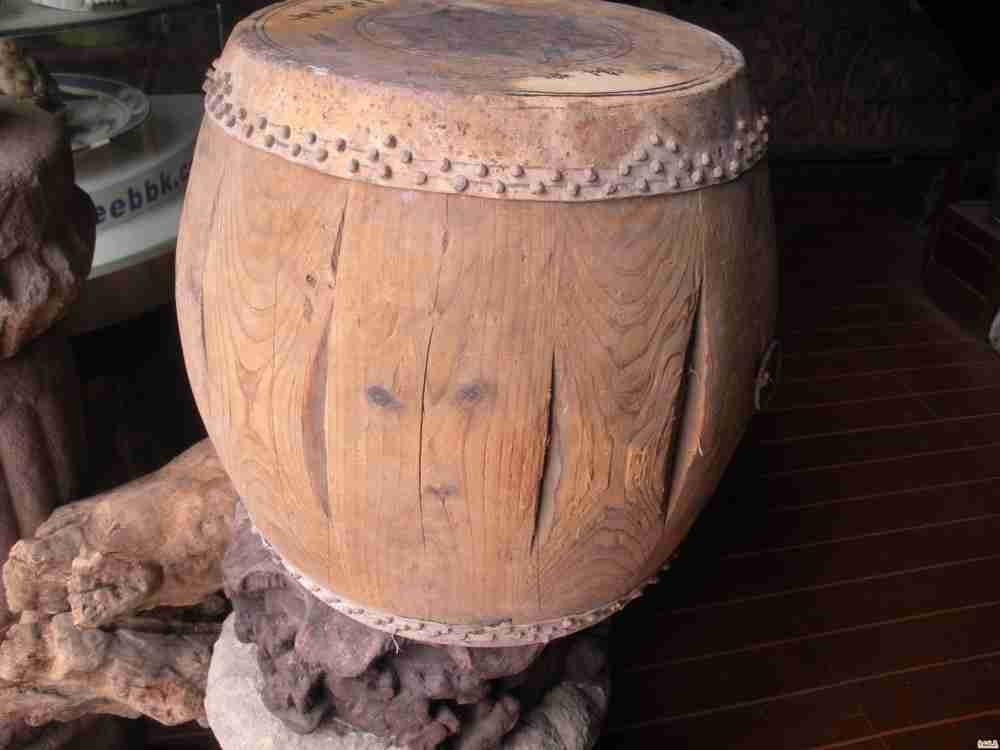
This is the other variety of Chinese Instrument, and it’s made of the best quality animal skin. These skin instruments would be made out of the surfaces of drums, and they are the most common variety of Chinese instruments. Some of the versions of the skin instruments include the Dagu that is Chinese for the drum, Bangu, Biangu, Jian’gu, Yaogu, Huagu, Paigu, Gaogu, Diangu, and Yanggegu, among others. The huge variety of skin instruments means that they are also the most common variety of Chinese instruments.
Conclusion
These are the top 8 categories of Chinese instruments. They are all made of unique but common materials, and they make a big part of Chinese culture and history. Generally, the struck instruments were made of silk, drums made of skin instruments, and the percussion clappers made of wood. There also are wooden instruments, with the Yu being the most common version of the wooden instruments that was modeled into a crouching tiger with a set of slats or a serrated ridge – along the back of the Yu, there is a bamboo whisk design.
